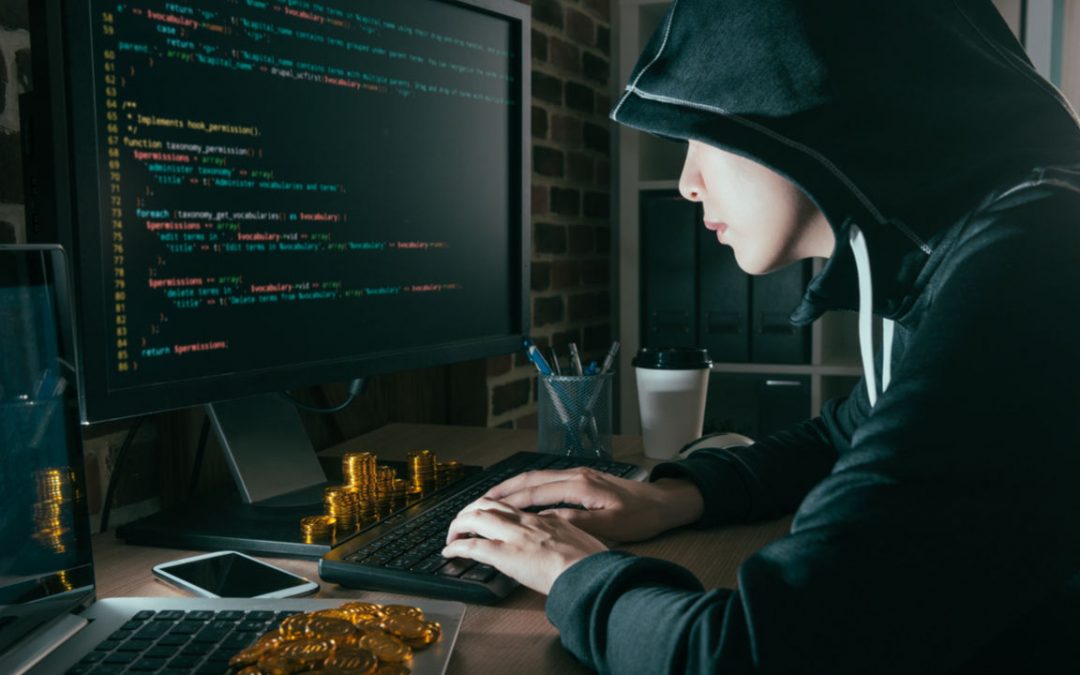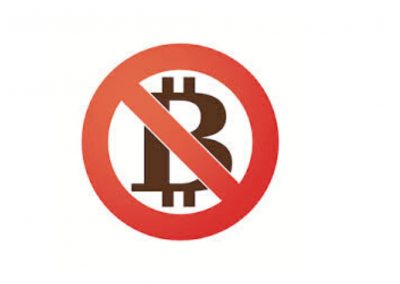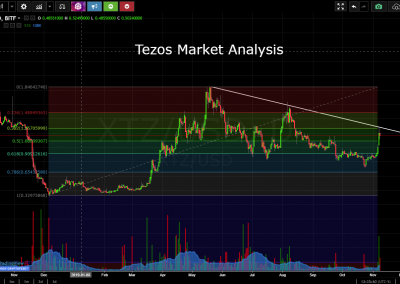The recent explosion in the interest of Bitcoin has lead a variety of inexperienced investors putting their money into the digital asset. However, a large number of buyers have no idea what they’re getting into concerning security and protecting their investments.
According to CNBC, Coinbase grew by about 1.9 million users in September and October of last year alone. It’s highly unlikely that most of those users took the proper security measures required to keep their coins safe.
Some options are obvious, like two-factor authentication on accounts. Others, not so much. For example, some hackers look for people talking about their investments online, and they find personal information about that person. Then, they use that information to try and recover accounts on an exchange, effectively transferring control of the private key. The victim may not find out for days, and by then it is very unlikely for them to regain control of their assets.
We’ve put together a list on some ways to protect yourself from cryptocurrency hackers.
1. Invest in an Offline Wallet
When investing in cryptocurrency, nearly everyone uses an online exchange like Coinbase, Gemini, or Binance. All of these are excellent spaces to start out purchasing and trading, but they aren’t ideal for storage.
Some users purchase their Bitcoin and then leave their private key in the online exchange without a second thought. This is a terrible idea. First off, hackers can take down places like Coinbase, and steal thousands of private keys. Secondly, they could target you individually, and try to hack into your account held on the exchange.
Regardless of how it’s taken, leaving your keys online is never a smart thing to do. Instead, it’s essential to invest in a wallet.
The ideal wallet is a hardware wallet, like TREZOR or the Ledger Nano S. A hardware wallet is essentially a USB drive with a small OLED screen that allows you to store and move your Bitcoin securely. Because it is USB powered, no hacker can ever access your coins via the internet.
Plus, a hardware wallet allows you to view information on the OLED screen and requires PIN codes and two-factor authentication for someone to physically access it. Even if someone is watching over your shoulder, the PIN input is randomized each time, so the attempted attack would be instantly thwarted.
For extra security, users can invest in a paper wallet. A paper wallet is a piece of paper with a QR code on it that one must scan in via a mobile app. This slip can be laminated and stored in a safety deposit box or somewhere else where no one will find it. Of course, a paper wallet is ideal for long-term investments. It can be kind of a pain for those who want to trade regularly.
2. Be Careful With Your Wallet Address
A great thing about cryptocurrency is how easy it is to send to one another. All you need is the wallet address for each party. This wallet type eschews the need for a third-party and sends the payment almost instantly.
While this is a nice touch, one has to be extra careful when sending coins to others or even between their wallets. For example, mistaking a zero for the letter “O” will send your cryptocurrency to the wrong person. These trades are irreversible as well, so there is no way to get them back if this happens.
The best way to avoid this is via QR codes or copy and paste when inputting an address. It’s important to double and even triple check the wallet address before sending. In fact, there is some malware that alters your clipboard and replaces the copied address with its own. Therefore, when you go to paste the address, you’ll be sending it off to the wrong person if you aren’t careful.
3. Split and Encrypt Your Wallets
Speaking of wallet addresses, you must keep your Bitcoin and other cryptocurrencies spread out over multiple wallets. If one of your wallets is hacked into via malware or misuse of your address, you’ll still retain a good amount of your coin.
On top of multiple wallets, make sure you encrypt all of them as well. If done correctly, potential hackers will need an extra password on top of your wallet address if they want to make any progress at all. Use a long and confusing password, preferably one from a password generator. Don’t store the phrase online, instead, write it down and keep it in a safe space.
4. Look Into Multi-Signature Transactions
While a newer prospect, multi-signature transactions are an incredibly safe way to ensure that no coins leave your wallet without your knowledge.
A multi-signature transaction requires anywhere from 3 to 5 people to sign a trade before it can go through, regardless of the original owner. This also applies to sending between wallets, alongside making a purchase.
5. Watch Out For Malware
According to the director of Malware Research over at Dell SecureWorks, Bitcoin wallets are a big target due to how simple they are. While ironic, it makes sense that the uncomplicated nature of using a wallet also makes it easy to break in.
As such, it is essential for you to keep an eye out for malware whenever you’re browsing the web. Keyloggers, ransomware, and other dangerous software make their way into safe looking software all the time. Always be careful with what you download, and be sure to keep your malware protection software up to date at all times.
While Bitcoin theft is a genuine threat, it’s easy to minimize with these steps. Do your best to be careful when browsing any suspicious looking software. While cumbersome, never shy away from extra layers of security either. A few extra seconds of work could mean the difference between theft keeping your hard-earned assets or watching them disappear before your very eyes.











